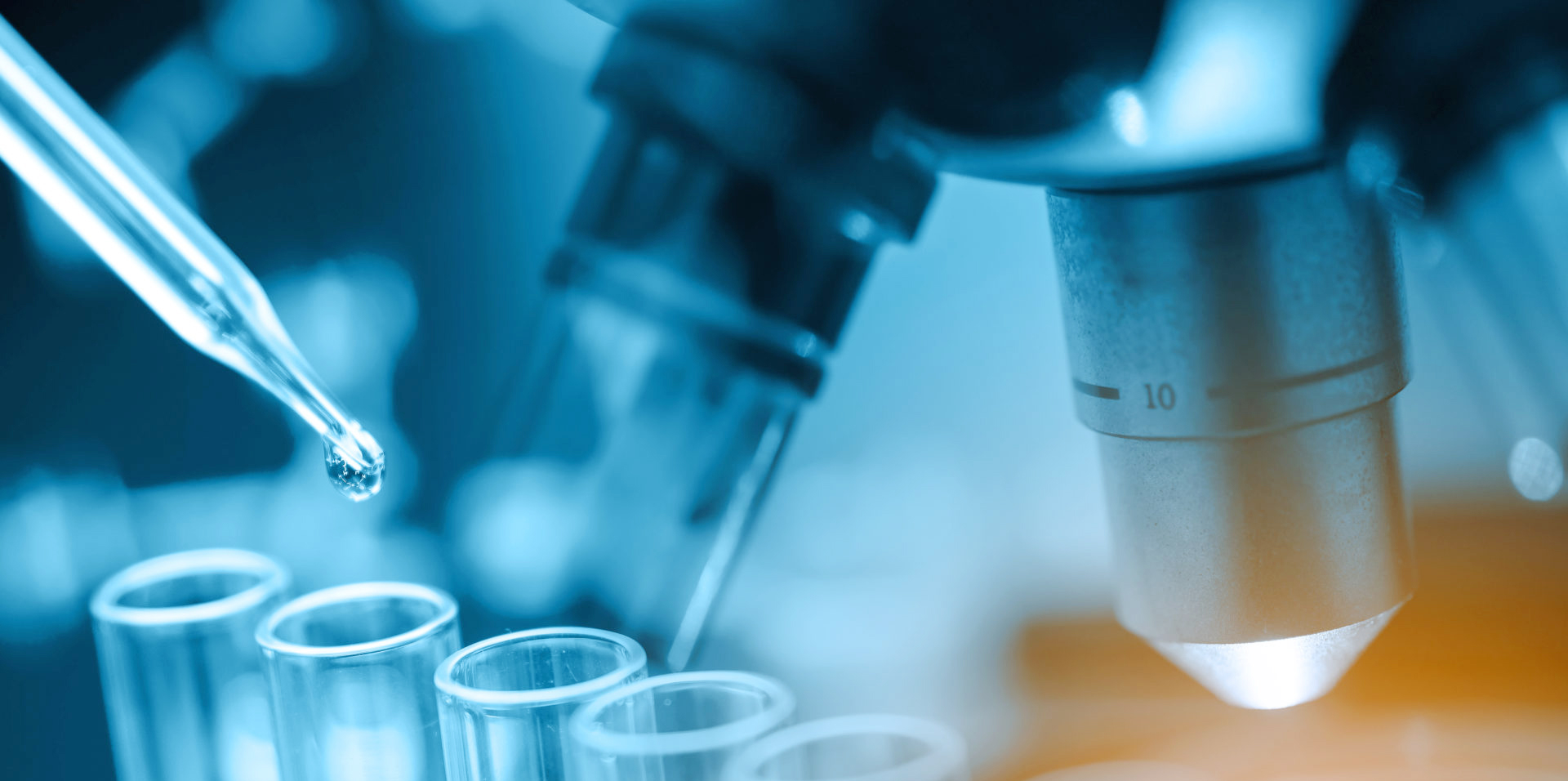
Newsroom
Prof. Gang Dong from the Medical University of Vienna Visits IHB
Prof. Gang Dong from the Medical University of Vienna in Austria visited IHB for an academic exchange on Jan. 15, 2025. (Credit: IHB)
On January 15, 2025, Prof. Gang Dong from the Medical University of Vienna in Austria visited the Institute of Hydrobiology (IHB) of the Chinese Academy of Sciences for an academic exchange. He delivered a lecture titled "Pathogens Meet Structural Biology: Shake Hands and Show the RING," which marked the first session of the Institute’s 2025 Innovation Lecture Series.
In his presentation, Prof. Dong provided an overview of various structural biology techniques and used engaging examples to explain the structural analysis of two key proteins from human parasites. He first discussed his research on the structure of the apical complex lysine methyltransferase (AKMT) in Toxoplasma gondii. Prof. Dong explained that AKMT forms a unique "handshake-like" dimer through molecular interactions, and disrupting this dimerization significantly reduces its enzymatic activity, which in turn affects the parasite’s ability to exit infected host cells.
He then introduced BILBO1, a critical protein found in the flagellar pocket collar of Trypanosoma species. Prof. Dong highlighted its "ring-like" structural features and emphasized the crucial role of the N-terminal domain of BILBO1 in flagellum formation. The discovery of this structure offers a promising target for the development of nano-antibody drugs against BILBO1, showcasing the potential of structural biology in treating parasitic infections.
Additionally, Prof. Dong outlined strategies for designing small-molecule drugs targeting malaria parasites, using protein structures as a guide. This approach demonstrates how structural biology can be instrumental in drug development, broadening the audience's understanding of the connection between fundamental research and practical applications.
Prof. Dong Gang, head of the Department of Molecular Biology at the Medical University of Vienna, specializes in ciliogenesis, parasitology, and membrane trafficking. His team has made significant strides in understanding cilia-related proteins, regulatory mechanisms, and membrane trafficking complexes using techniques like X-ray crystallography, cryo-EM, and NMR. They have resolved 3D structures of key macromolecules, shedding light on cilia growth and membrane processes. Additionally, they study cytoskeletal protein complexes and vesicle trafficking in parasites, with a focus on vesicle targeting and membrane fusion. Currently, his group is focused on structural analysis and drug design for key protein complexes in pathogens like Mycobacterium tuberculosis, Toxoplasma gondii, and Plasmodium.